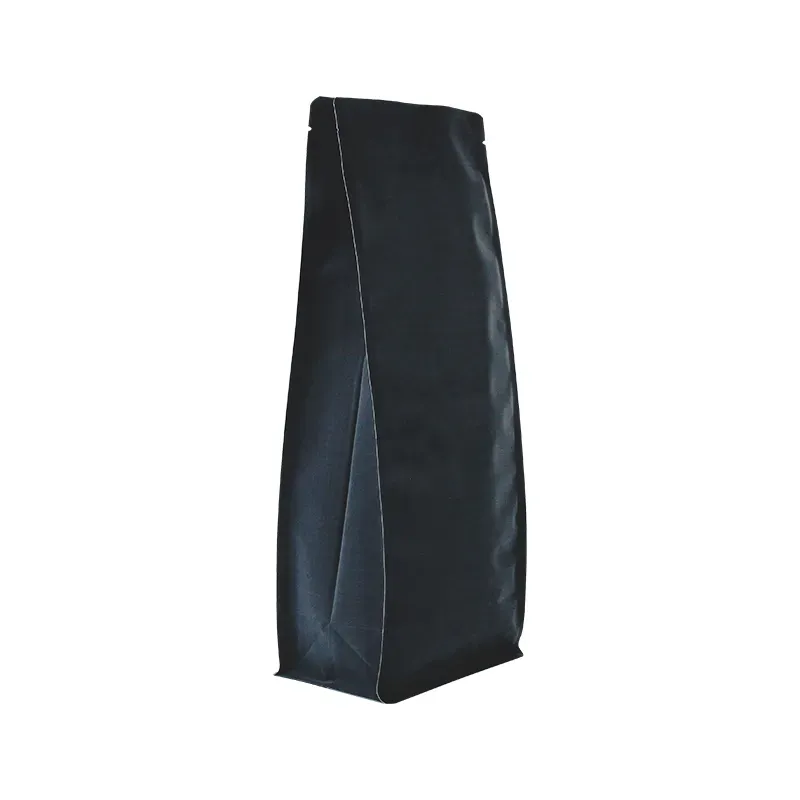- Afrikaans
- Albanian
- Amharic
- Arabic
- Armenian
- Azerbaijani
- Basque
- Belarusian
- Bengali
- Bosnian
- Bulgarian
- Catalan
- Cebuano
- chinese_simplified
- chinese_traditional
- Corsican
- Croatian
- Czech
- Danish
- Dutch
- English
- Esperanto
- Estonian
- Finnish
- French
- Frisian
- Galician
- Georgian
- German
- Greek
- Gujarati
- haitian_creole
- hausa
- hawaiian
- Hebrew
- Hindi
- Miao
- Hungarian
- Icelandic
- igbo
- Indonesian
- irish
- Italian
- Japanese
- Javanese
- Kannada
- kazakh
- Khmer
- Rwandese
- Korean
- Kurdish
- Kyrgyz
- Lao
- Latin
- Latvian
- Lithuanian
- Luxembourgish
- Macedonian
- Malgashi
- Malay
- Malayalam
- Maltese
- Maori
- Marathi
- Mongolian
- Myanmar
- Nepali
- Norwegian
- Norwegian
- Occitan
- Pashto
- Persian
- Polish
- Portuguese
- Punjabi
- Romanian
- Russian
- Samoan
- scottish-gaelic
- Serbian
- Sesotho
- Shona
- Sindhi
- Sinhala
- Slovak
- Slovenian
- Somali
- Spanish
- Sundanese
- Swahili
- Swedish
- Tagalog
- Tajik
- Tamil
- Tatar
- Telugu
- Thai
- Turkish
- Turkmen
- Ukrainian
- Urdu
- Uighur
- Uzbek
- Vietnamese
- Welsh
- Bantu
- Yiddish
- Yoruba
- Zulu
stamping definition
Understanding Stamping Definition and Applications
Stamping is an industrial process that involves applying pressure to a material to create a specific shape or design. This technique is widely utilized in various manufacturing sectors, including automotive, aerospace, electronics, and more. The process can be used to fabricate parts ranging from simple shapes to complex components, making it an invaluable asset in modern production methods.
What is Stamping?
At its core, stamping is a method of forming parts and products by using a stamping press to shape materials, often metals. The process can involve a variety of techniques, including bending, punching, and embossing, each serving specific purposes. Stamping is characterized by its ability to produce high volumes of parts with precision and consistency.
The Stamping Process
The stamping process typically involves several key steps
1. Designing the Die Before starting the stamping process, a die must be created. The die is a specialized tool that provides the shape for the material. Designing a die involves careful consideration of the desired final product and the characteristics of the material being used.
2. Material Selection Various materials can be stamped, with metals being the most common. Steel, aluminum, and copper are frequently chosen due to their malleability and strength. However, non-metals like plastics can also be stamped in certain cases.
3. Stamping Press Operation Once the die is prepared and the material is selected, the stamping press is set up. The press is a machine that applies sufficient force to the material through the die, shaping it into a desired form. There are two primary types of stamping presses mechanical and hydraulic. Mechanical presses use a flywheel system to generate force, while hydraulic presses rely on fluid pressure.
4. Production Run After setup, the stamping process can begin in a production run. Parts are repeatedly formed by the press, often resulting in hundreds or thousands of identical pieces in a short period. Automation in the form of conveyor belts and robotic arms is often employed to enhance efficiency.
5. Finishing After stamping, the parts may undergo additional finishing processes such as trimming, coating, or assembly to meet specifications or improve their performance.
Applications of Stamping
Stamping is prevalent in numerous industries due to its versatility and efficiency. Here are some key applications
stamping definition

- Automotive Industry Many components of vehicles, such as brackets, panels, and frames, are produced through stamping. The automotive sector values stamping for its ability to create lightweight but durable parts that can withstand the stresses of driving.
- Electronics The production of electronic devices often requires intricate metal components that can be achieved through stamping. For instance, connectors, casings, and other parts can be efficiently manufactured with high precision.
- Aerospace Safety and reliability are critical in the aerospace industry. Stamping is used to create parts that meet stringent engineering standards while offering the necessary strength-to-weight ratios.
- Consumer Products Everyday items, from kitchen appliances to furniture, can also be produced using stamping techniques
. This makes it a fundamental process in achieving mass production of consumer goods.Advantages of Stamping
The advantages of stamping make it a preferred method for part fabrication. These include
- Cost-Effectiveness Once the die is produced, the cost per part decreases significantly in high-volume production runs.
- Speed Stamping can produce parts rapidly, making it suitable for projects requiring quick turnaround times.
- Material Efficiency Stamping maximizes the use of material, generating minimal waste compared to other processes like machining.
- Consistency The automated nature of stamping ensures that each part produced meets the same specifications, leading to high-quality outputs.
Conclusion
In summary, stamping is a vital industrial process that offers numerous benefits across various sectors. Its ability to create precision parts quickly and economically has solidified its place in modern manufacturing. As technology continues to advance, stamping methods are likely to evolve, further enhancing their efficiency and capabilities, and solidifying their role in the ever-growing landscape of industrial production.













